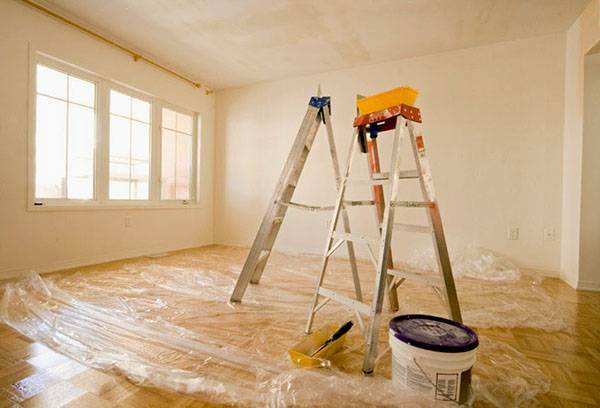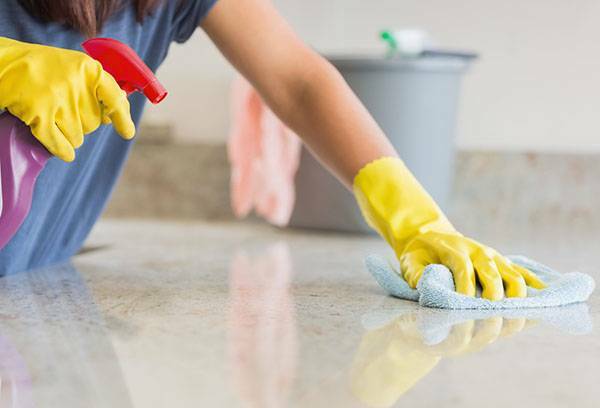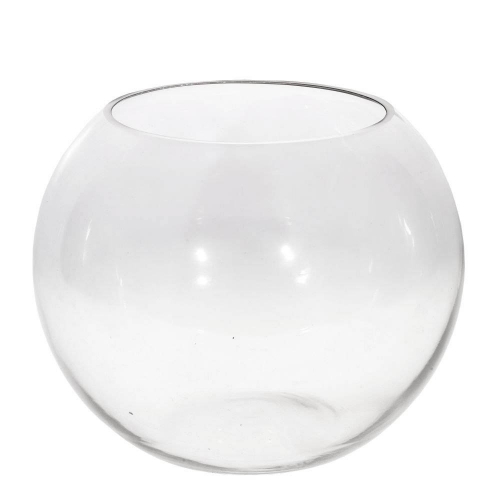Contents:
- On the importance of preventive measures
- Where to start and how to finish cleaning?
- Purely where there are no littering. ..
The walls are covered with wallpaper, the ceiling is painted, the laminate is laid, and it seems that you can already breathe a sigh of relief and begin to celebrate the end of the repair, but the smile quickly disappears from the face when you realize that the awaiting tedious cleaning of the constructiondust. It seems that it will not be possible to cope independently with this scourge more quickly than in a few weeks, but we know how it is possible to wash the apartment of dust after repairs without resorting to the help of professional cleaning companies.

On the importance of preventive measures
To think about cleaning the room after repairs need to be done before it starts. In the colors, imagine how hard and how much time you will tear up your apartment: this image will help you to understand that it is better to take care of the purity of things in advance by taking measures to save them from the shallow ubiquitous dust.
- Remove from the room everything that can be removed: from room colors and curtains to furniture, if you can take it out without much difficulty. Trifles gather in boxes or bags and also take out of the room. The fewer things remain in the room, the less dust you will have to dust.
- If a thing does not work out and it does not interfere with repair, it is necessary to protect it from building dust, which instantly fits into soft furniture and is simply attracted to the technique. To do this, the best protective construction polyethylene film, which completely covers the product, fixing it with adhesive tape, so that the dust certainly did not have a chance to get to the subject.
- Paul is also advised to occupy the film, especially if it is already completely repaired. Although, if the floor you are going to put during or after the treatment of the walls, then the film does not hurt and on the rough floor screed: to remove debris, it will be enough to remove and throw it along with the construction debris.
- To protect against contamination, there is also a window: the particles of building dust are hard, which means that the window will likely have microarcases when you will intensively wipe the dust that has settled on it. At the same time, the window is closed together with the window sill and slopes: if the plastic is a little rough, then it will be very difficult to wash the dust that has been embedded in the recesses, plus do not forget about the risk of the same scratches.
- Even if you only make repairs in one room, be sure: without certain protection measures, dust will spread all over the house, penetrating even the most secluded corners. How can this be avoided? It is enough to curtain the doors leading to the repaired and other rooms with a damp, dense cloth or polyethylene so that the canvas covers the cracks in the doorway.
Advice
Take care of the respirator during the repair: building dust is not as safe as a household dust, and you do not want it to settle in your lungs.

Where to start and how to finish cleaning?
If you think that we will tell you how to remove building dust for a couple of minutes without much effort, then you will be disappointed: the time and effort for cleaning in any case will take more than usual. But no complicated manipulations to clean up the dust are required of you. True, only if you did not ignore the first section of the article and maximally protected the floor, window, furniture with appliances and other small items.
- Garbage collection
Before you begin to deal with the dust, you need to remove the larger debris that remained after the repair. Partially it can be done manually, but if you need to sweep small pieces of wallpaper or plaster, be sure to pre-moisten the garbage, otherwise the dust will rise into the air and you will have to wait until it settles before proceeding to the second stage.
- Dry cleaning
When the dust has settled, the room needs to be thoroughly vacuumed, but in order that the dust does not scatter, while you walk with the vacuum cleaner from corner to corner, we advise again to slightly humidify the air in the room. Broom in this case, even with the wetted floor is not very effective: it is better to use a powerful vacuum cleaner with a paper or plastic collector. Vacuum is better in 2 stages: before you remove the plastic protection from things, and again - a couple of hours after.
- Wet cleaning
Wait a few hours before wet cleaning, so that the dust from the air again settles, and conduct a wet cleaning of the room. No need to torture washing vacuums and electrospears: a large amount of building dust can spoil them. Use ordinary rags, which are not a shame to throw, because a fresh clean rag is the only effective way to deal with white divorce. Such rags before the final cleaning will have to change about five for the floor and 1-2 to wash the furniture, where the dust has settled, which could not be removed in the previous stages.
- Finishing cleaning
Now it remains to clean the apartment as you are used to. Wash floors with a special remedy, wipe off the leftovers of dust settled on things. Gradual settling of dust residues is a completely normal phenomenon, so in the first weeks after the spring cleaning, be prepared to wash floors and wipe horizontal surfaces a little more often than usual.
In general, you can manage cleaning with even holding pauses to settle the dust in one day, which is quite good. The main thing is not to forget that this is largely due to preventive measures, and in time to take care of the protection of things.

Purely where there are no littering. ..
On your fair remark that it is impossible to litter during repair, we will answer that not to launch the situation and keep many things clean is quite realistic. To do this, all pollution should be removed in a timely manner, rather than waiting for the accumulation of mountains of construction debris. Then, upon completion of the repair, it will be possible to get rid of relatively easy cleaning, and not to spend days throwing away, rubbing and laundering what could be thrown away, wiped off and washed off during the repair work.
- Primer from windows, floor and other finishing surfaces must be cleaned immediately, otherwise it will not be possible to wash it after drying and it will be necessary to use a knife or spatula with a risk to spoil the surface.
- Stains from mounting foam, oil paint or varnish are removed immediately, since after drying they can be washed only with the help of special solvents.
- Construction debris should be taken out daily, as well as easy dusting. So after the repair it will be necessary to get away quite a bit.
- Open the window during repair as often as possible: the dust in the air will partially leave the room.
- Use a spray gun: so that the dust settles faster and does not spread through the room and apartment, moisten the walls and ceiling before sanding, removing the old coating and drilling. Also, you can humidify the air after these manipulations to "nail" the dust to the protective film that you have floored.
- During drilling, you can use special nozzles - dust collectors - or a vacuum cleaner. This method is more suitable for small jobs such as hanging the shelves or fixing the baguette, when it is impractical to mess with polyethylene.
Board
Sometimes during repair, an air humidifier is used, unless this is contrary to the requirements for the work to be performed. So the dust settles quickly, you do not need to run around the apartment with an atomizer, and the air becomes safer without hanging small pieces of construction debris.
Do not be lazy to make a qualitative preparation for the repair work, get out of their process and apply our tips for minimizing the amount of construction dust, and then cleaning after repair will not take you much time!



